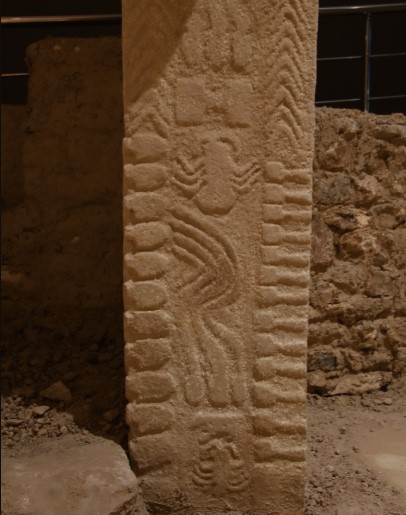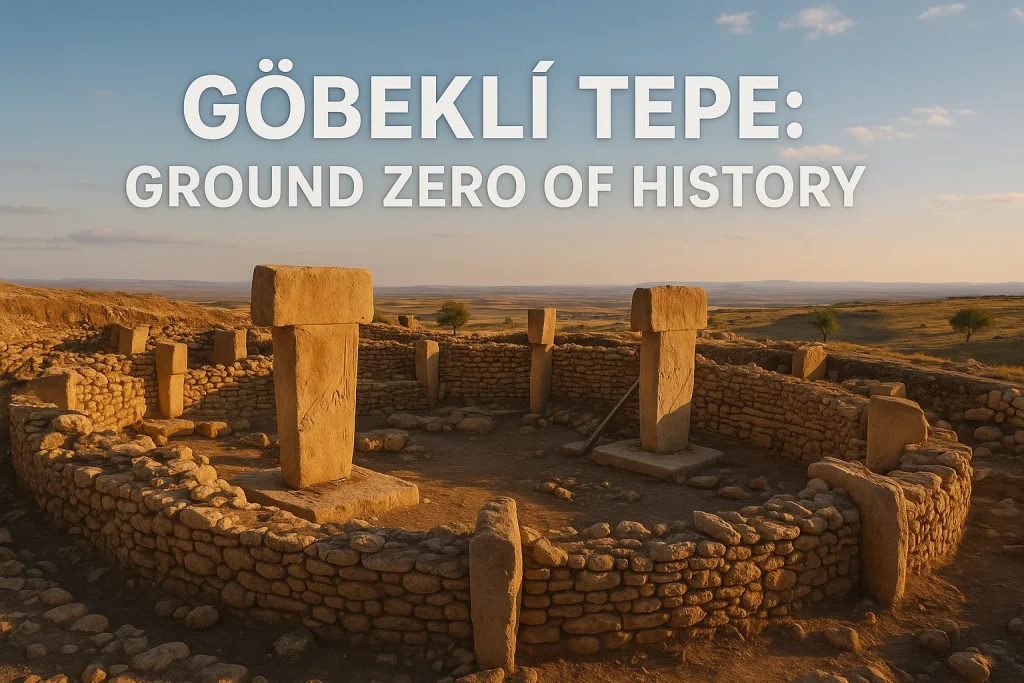
Göbekli Tepe is a large archaeological site considered to be the oldest temple complex in human history. Dating back 12,000 years, this temple was built by a hunter-gatherer society and bears traces of religious beliefs, rituals and social structure. The discovery of Göbekli Tepe has provided us with a wealth of new information about prehistoric times.
Today, Göbekli Tepe has not only archaeological, but also cultural and touristic significance. While shedding light on history, this ancient site also helps us understand the early religious beliefs and social structure of humankind. As the oldest temple complex in the world, Göbekli Tepe remains one of the most important discoveries in human history.
Gobeklitepe Photos
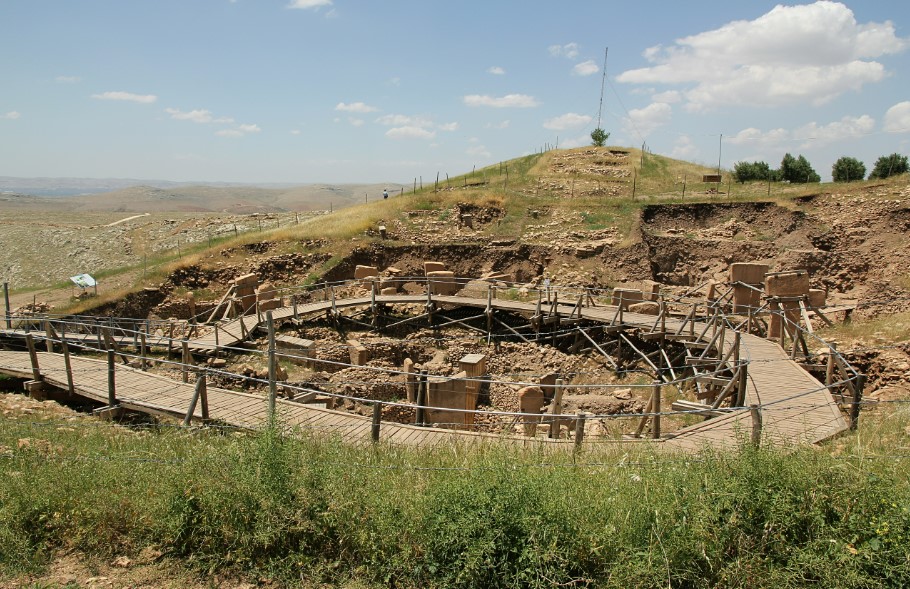
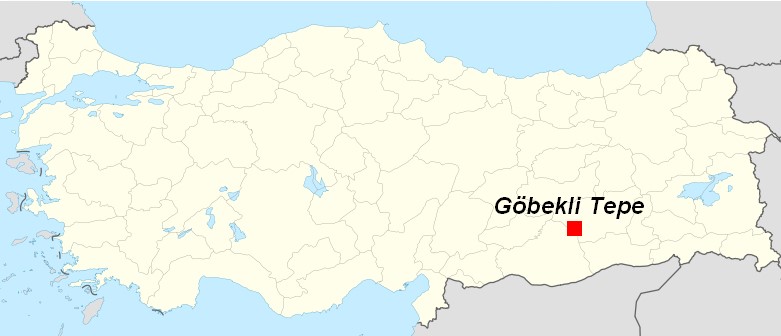
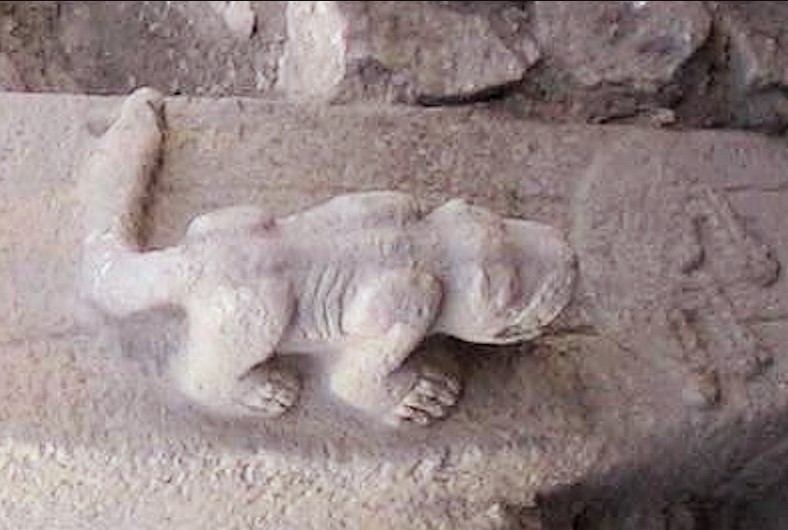
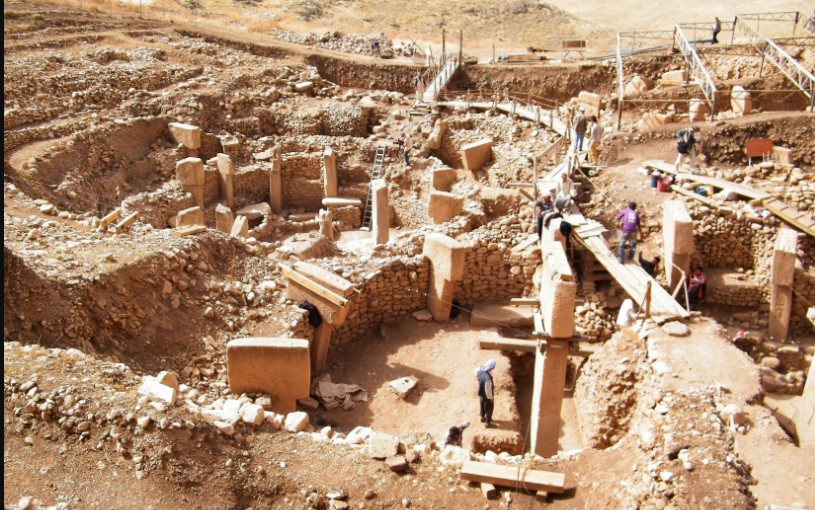
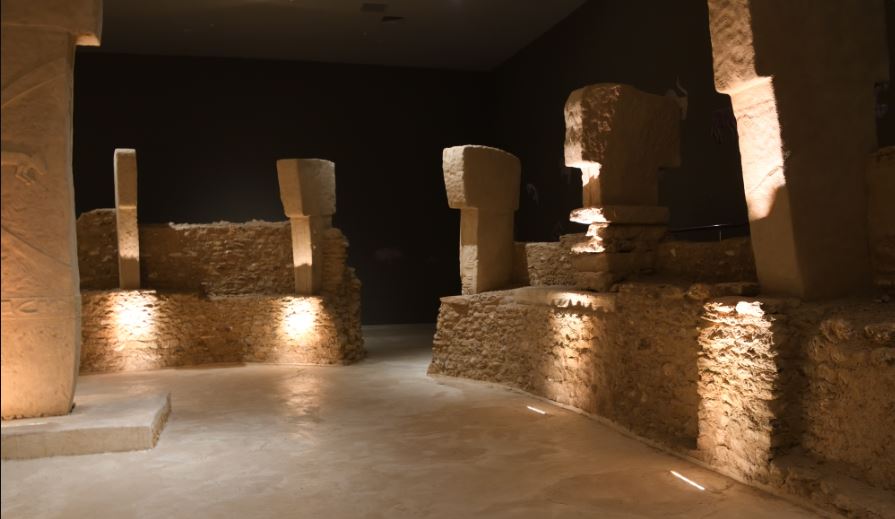
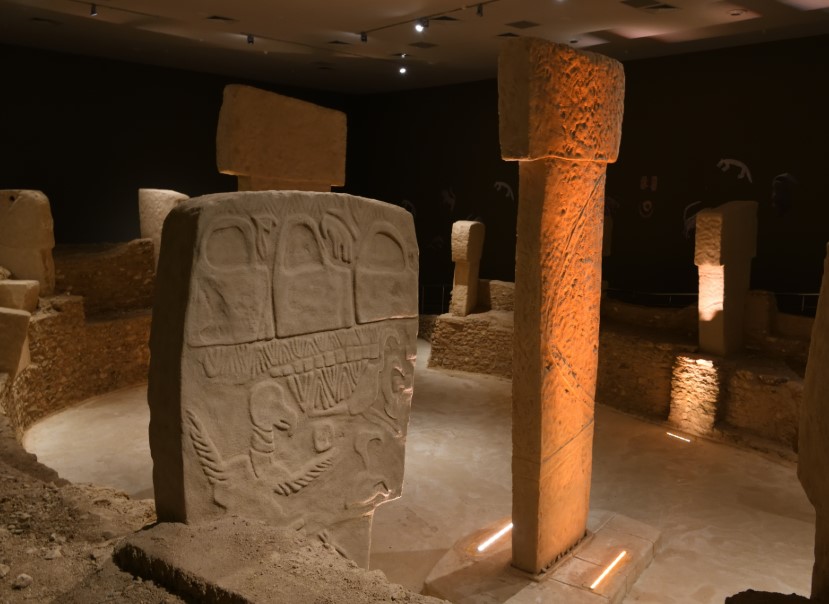
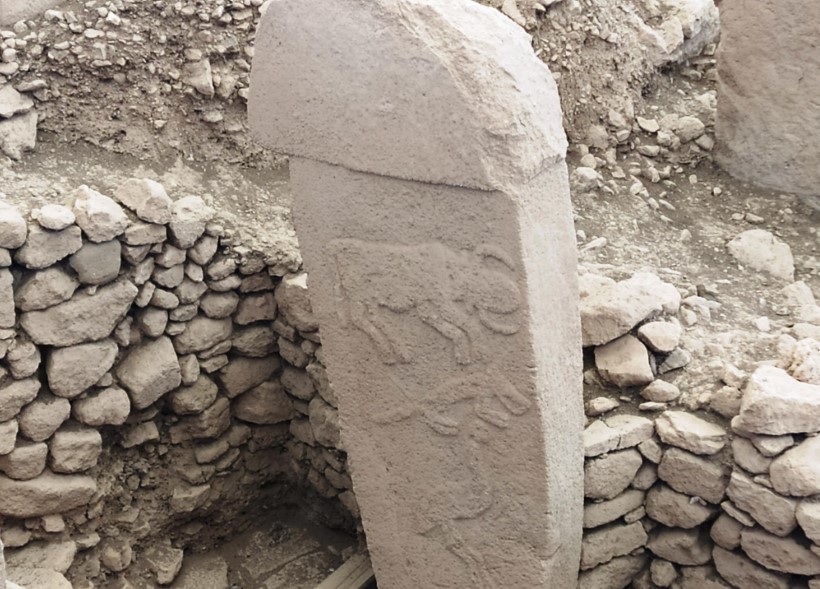

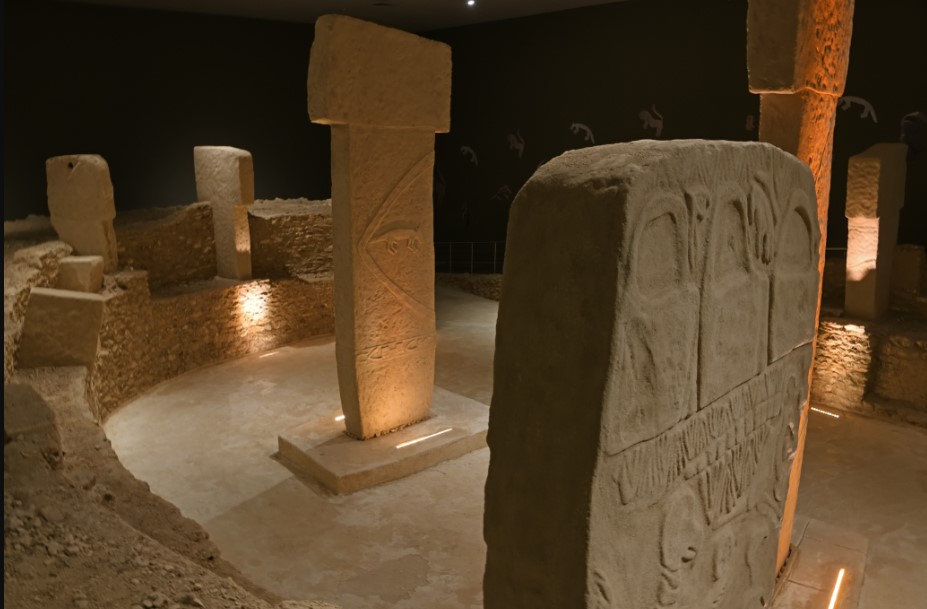
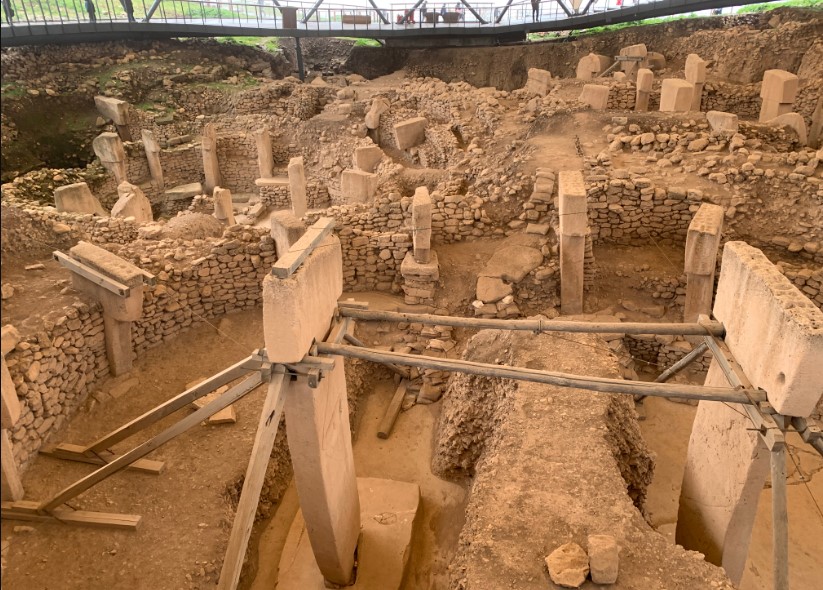

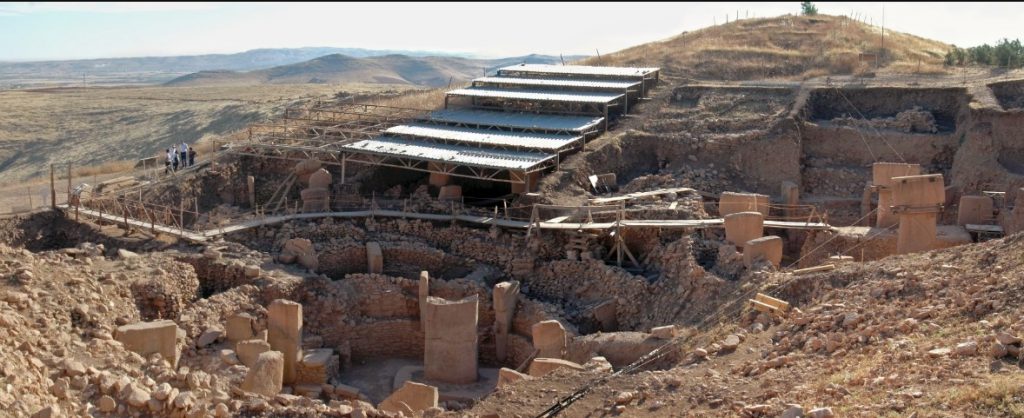

Göbekli Tepe: Ground Zero of History
Göbekli Tepe, located in the province of Şanlıurfa, is considered to be the oldest known temple complex in the world. Dating back to 9600-9500 BC, this archaeological site represents one of the greatest discoveries in the history of mankind. While shedding light on prehistoric times, Göbekli Tepe also raises many questions about the beginning of human history.
The Discovery of Gobekli Tepe
Göbekli Tepe was discovered by German archaeologists in 1994. However, excavations in the region started in 1995 and have continued until today. Initially known as a mound, the site gradually revealed itself to be a large temple complex. Excavations have uncovered stone structures, sculptures, symbols and other archaeological finds in the area. More than just an archaeological site, Göbekli Tepe has been recognized as one of the most important discoveries in human history.
The discovery of Göbekli Tepe has caused history to be rewritten. While the oldest temples known to date date back to 3500-3000 BC, Göbekli Tepe was found to be much older, around 12,000 years ago. This is of great significance as a site representing the oldest religious structures in history.
Historical Importance of Gobekli Tepe
Göbekli Tepe dates back to the earliest periods of human history. Built between 9600-9500 BC, Göbekli Tepe dates back to the Neolithic Age. During this period, people had not yet settled down and were living a hunter-gatherer lifestyle. The fact that people shaped large stones and built temples out of stones shows that they were able to display an advanced culture and social structure.
Göbekli Tepe also belongs to a period when writing had not yet been discovered. Therefore, understanding its structures and symbols provides a wealth of information about the religious beliefs and social structures of ancient communities. Excavations to date have revealed that Göbekli Tepe is a very important source for understanding the beliefs and lifestyles of the people of the period.
Structural Features of Gobekli Tepe
Göbekli Tepe is full of various structures built of large stones. The most remarkable structures are large stone pillars and circular platforms made of stones. These platforms are surrounded by stone walls and each structure has a central area. These stones, up to 5 meters high, were made of very large and heavy stones in their time. The columns are decorated with stones with animal figures and symbols.
One of the most remarkable aspects of the structures is the symbolism on the stones. The figures on the stones in Göbekli Tepe reflect the beliefs and religious rituals of the people of the period. Various animal figures, lions, snakes, birds and other animals are depicted on these stones. These figures may indicate the relationship of the people of this period with nature and the meaning they attributed to it.
The architecture of the buildings shows that the Stone Age people had a very advanced engineering knowledge. Moreover, these structures were designed as a temple complex and are clearly understood to be the product of a great organization and social structure.
The Religious and Cultural Meaning of Göbekli Tepe
Göbekli Tepe is not only a temple complex, but also a religious and cultural site. It is thought that this site may have been a center where hunter-gatherer societies came together to perform religious rituals. Temples are places used for religious worship and social rituals. The stone structures at Göbekli Tepe were built as part of religious ceremonies and the ritual life of the community.
One of the biggest mysteries of Göbekli Tepe is why such a large and complex structure was built. The fact that the hunter-gatherer peoples of the Neolithic period built such a large structure before settling down raises new questions about social structures and religious beliefs at the beginning of human history. This site shows how advanced the religious beliefs and social structures of the people of the period were, even before written records.
Excavations and Finds
Excavations at Göbekli Tepe started in 1995 and are still ongoing. During the excavations, many stone columns, statues, animal figures and symbols carved on stone surfaces were found. These finds show that Göbekli Tepe was an important religious center and that the people in the region shaped their lives around religious beliefs.
The stone structures unearthed during the excavations also reflect the organizational power and social structure of the people of the period. The stones found at Göbekli Tepe are quite large and heavy and show that advanced tools were used to shape the stones. This shows that the people of the period had a very advanced technological knowledge and engineering knowledge used in the construction of large structures.
The excavations also revealed many symbols and figures carved on the stones. These figures include lions, birds, snakes and other animals. These figures are recognized as important symbols of the people’s relationship with nature and their beliefs. At the same time, these figures stand out as elements that strengthen the religious meaning of Göbekli Tepe.
Different Characteristics of Göbekli Tepe Compared with Other Temples
Göbekli Tepe makes a big difference compared to other ancient temple complexes. The oldest temples in the world are usually dated to 3500-3000 BC and are usually from regions such as Mesopotamia and Egypt. However, Göbekli Tepe dates back to 9600-9500 BC and is therefore considered the oldest known temple.
Unlike other ancient temples, Göbekli Tepe’s structures are made of much larger stones and have a more complex layout. While in other temples, the stones are usually small and made of local stones, the stones used in Göbekli Tepe are quite large and required a sophisticated organization to move the stones.
These differences reinforce Göbekli Tepe’s special place in human history. Since Göbekli Tepe is much older than the temple structures in the ancient world, it offers important clues about the beginning of human history.
The Importance of Göbekli Tepe Today
Today, Göbekli Tepe is not only an archaeological site, but also a cultural and historical landmark. It is an important destination for tourists and researchers who like to travel deep into history. The discovery of Göbekli Tepe has reshaped much of history and had a huge impact on the world of science.
Furthermore, Göbekli Tepe is included in the UNESCO World Heritage List and is visited by thousands of tourists every year. The historical and cultural significance of Göbekli Tepe increases the tourism potential of the region and contributes to the local economy.
Göbekli Tepe: Frequently Asked Questions (FAQs)
Göbekli Tepe is a Neolithic archaeological site located in southeastern Turkey, renowned as the world’s oldest known temple complex. Discovered in 1994 by German archaeologist Klaus Schmidt, it has significantly altered our understanding of prehistoric societies. Below are some of the most frequently asked questions about Göbekli Tepe, based on research and findings from various sources.
🏛️ General Information
What is Göbekli Tepe?
Göbekli Tepe is a prehistoric site featuring monumental circular enclosures with massive T-shaped limestone pillars, some reaching up to 5.5 meters in height. These structures are believed to have been constructed between 9600 and 9500 BCE, during the Pre-Pottery Neolithic period, making them the oldest known megalithic structures in the world. (whc.unesco.org, en.wikipedia.org)
Where is Göbekli Tepe located?
The site is situated approximately 15 kilometers northeast of Şanlıurfa, in southeastern Turkey. It occupies a limestone plateau overlooking the Harran Plain. (dainst.blog, en.wikipedia.org)
Who discovered Göbekli Tepe?
Göbekli Tepe was first noted in 1963 during an archaeological survey led by Halet Çambel and Robert Braidwood. However, its significance was not recognized until 1994, when Klaus Schmidt identified the site as a major archaeological find.
🧱 Architecture and Construction
What are the main features of the structures at Göbekli Tepe?
The site comprises several circular enclosures, each defined by large, T-shaped pillars arranged in a circular pattern. Some pillars are decorated with carvings of animals such as lions, snakes, and birds, as well as abstract symbols. The central pillars are often larger and may have been intended to support a roof, though this is still a subject of research. (whc.unesco.org, en.wikipedia.org)
How were the massive pillars transported and erected?
The pillars, weighing up to 10 tons each, were carved from the surrounding limestone bedrock. It is believed that workers used flint tools to quarry the stones and then transported them to the site, possibly using sledges and manpower.
🧬 Society and Purpose
Who built Göbekli Tepe?
The builders were likely hunter-gatherer communities who had not yet adopted agriculture. Artifacts found at the site, including flint tools and animal bones, suggest that these groups were capable of organizing large-scale construction projects.
What was the purpose of Göbekli Tepe?
While the exact purpose remains unclear, it is widely believed that Göbekli Tepe served as a religious or ceremonial center. The elaborate carvings and monumental architecture indicate that it played a significant role in the spiritual and social life of the communities that constructed it.
🧪 Research and Discoveries
What have excavations revealed about the site?
Excavations have uncovered multiple enclosures, each with its own arrangement of pillars and carvings. The site also contains evidence of domestic structures, suggesting that it may have been a focal point for surrounding communities.
How old is Göbekli Tepe?
Radiocarbon dating indicates that the earliest structures at Göbekli Tepe were built around 9600 BCE, making them over 11,000 years old. This predates other known megalithic sites, such as Stonehenge, by several millennia. (en.wikipedia.org, whc.unesco.org)
🌍 Visiting Göbekli Tepe
How can I visit Göbekli Tepe?
Göbekli Tepe is located near Şanlıurfa, which is accessible by air from major Turkish cities like Istanbul and Ankara. From Şanlıurfa, visitors can reach the site by car, bus, or taxi. Guided tours are available and can provide in-depth information about the site’s history and significance.
When is the best time to visit?
The best times to visit are during the spring and autumn months when the weather is milder. Summers can be hot, and winters may be cold, so dressing appropriately is advisable.
Is Göbekli Tepe a UNESCO World Heritage Site?
Yes, Göbekli Tepe was designated a UNESCO World Heritage Site in 2018 in recognition of its outstanding universal value as one of the first manifestations of human-made monumental architecture.
Are there other similar sites nearby?
Yes, nearby sites such as Karahan Tepe and Nevalı Çori share architectural and cultural characteristics with Göbekli Tepe, suggesting a regional tradition of monumental construction during the same period.

